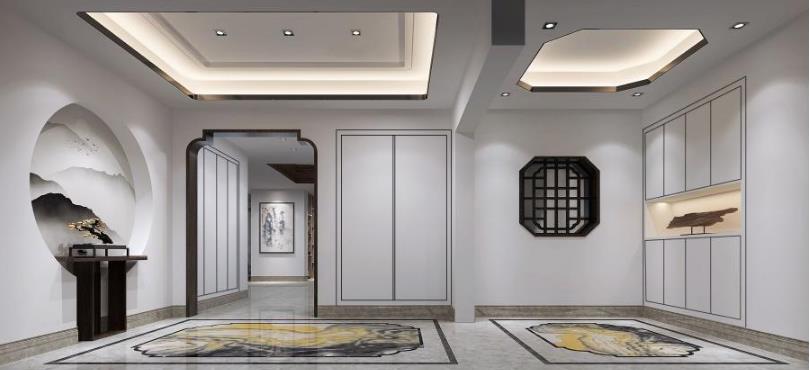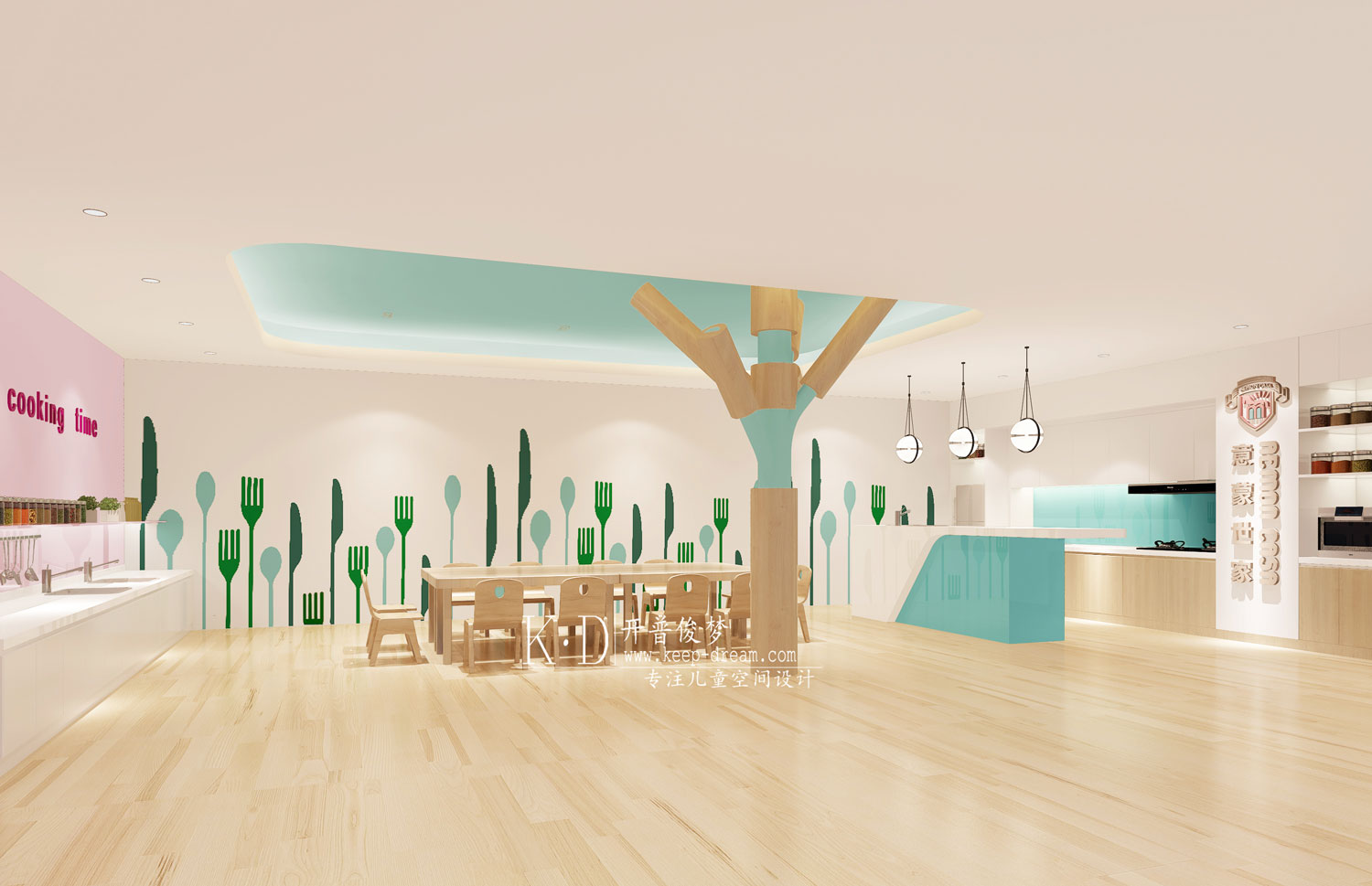New National Archives of France Massimiliano - Doriana Fuksas
2013-02-18 00:00
2013年2月11日,星期一,法兰西共和国总统弗朗索瓦·奥朗德在巴黎圣德尼塞纳省皮尔弗雷特-南塞纳河为法国新国家档案馆揭幕。
Monday, February 11, 2013 the President of the French Republic, François Hollande, inaugurated the New National Archives of France at Pierrefitte-sur-Seine, Saint-Denis, Paris.
法国档案馆的新建筑(108,136平方米)由意大利建筑师Massimiiano和Doriana Fuksas签署,经过三年的建筑工程后向公众开放。
The new building of the Archives of France (108,136 sq.m.), à Pierrefitte-sur-Seine, Paris, is signed by the Italian architects Massimiliano and Doriana Fuksas and after three years of construction works it opens to the public.
法国大革命期间建立的国家档案馆保存着从七世纪到今天的政治政权的文件。国家档案馆保存了法国历史上的一些里程碑:教皇梅罗文吉安、圣殿骑士的进程、路易十六世的日记、拿破仑的意志、“人的权利宣言”和“公民权利宣言”、“圣徒宣言”、.
The National Archives, created during the French Revolution, hold documents of political regimes from the seventh century until today. The National Archives preserves some milestones in the history of France: the papyri Merovingian, the processes of the Templars, the diary of Louis XVI, the Will of Napoleon, the Declaration of the Rights of Man and of the Citizen, the oath of the Jeu de Paume , ...
法国新国家档案馆的工程从周围的现实中汲取了灵感,从这座被视为混乱与秩序并存的城市中汲取了灵感。这一概念是从这种二元性中产生和发生的,这种二元性反映在复杂的组织中。
The project of the New National Archives of France draws its inspiration from the surrounding reality, from the city seen as coexistence of chaos and order. The concept is born and takes place from this duality which is reflected in the organization of the complex.
最初的选择是调查该遗址及其在地域和社会文化背景下的特征,以揭示其独特的身份。因此,这项工作被认为遵循了建筑的基本原则,即根据居住社区的需要创造空间。
The initial choice was to investigate the site and its characteristics in both territorial and socio-cultural contexts to reveal an unique identity. The work has therefore been thought following a cardinal principle of architecture to create spaces according to the needs of the communities that populate them.
法国新国家档案馆的设计遵循了加强西纳圣丹尼斯皮尔弗雷特地区地理和建筑景观的意图,该建筑就是在那里插入自己的。(鼓掌)
The design of the New National Archives of France has followed the intent of enhancing the geographical and architectural landscape of the area Pierrefitte sur-Seine Saint Denis, where the building inserts itself.
这座建筑群并不是作为一种自我参照的建筑设计的,而是一种能够保存记忆和集体身份的作品,同时也是对当代艺术表现形式开放的作品。它不是从沉思的角度来思考的,而是从观众的发现、研究和参与的角度来思考的。
The complex has not been designed as a self-referring architecture, but as a work that could hold the memory and the collective identity, at the same time open to contemporary artistic expressions. It has not been thought in a contemplative perspective, but in a perspective of discovery, research and participation for the audience.
该项目由两个主要的“主体”组成:一个是水平延伸的,“悬挂的,轻巧的,透明的”;另一个是高度紧张的,“锚定在地面上,气势恢宏的,反思性的”。
The project is composed of two main “bodies”: one that extends horizontally, “suspended, lightweight, transparent”; the other with a tension in height, “anchored to the ground, imposing, reflective”.
第一部向城市延伸,由悬臂式的“卫星”组成,可容纳办公室、会议室和展览室。正面,主要是釉面,赋予不同比例的体积轻盈和透明,这些体积相互跟随,并在水面上的“悬浮”重叠。
The first, stretching out towards the city, consists of cantilevered volumes called “satellites” that accommodate the offices, the conference room and the exhibition room. The facades, mostly glazed, give lightness and transparency to the volumes of different proportions, that follow each other and overlap in “suspension” on the surfaces of the water.
这座容纳档案馆的建筑是一个令人印象深刻的巨石思想,是一个致力于记忆和研究的地方。里面有档案文件和阅览室。独角石的正面涂有铝“皮”,它贯穿整个体积,除了一些允许阅览室的自然光量和进入路线的玻璃插入物外。这座“高贵”的雕塑建筑,部分地搭在盆上,让人想起一个珍贵的东西,一个宝箱,反映在水幕上。
The building that accommodates the Archives is an imposing monolith thought as a place dedicated to memory and research. It houses the archival documents and the reading room. The facades of the monolith are coated with aluminium “skin” that runs throughout the volume, except for some glazed insertions that allow the amount of natural light in the reading room and the entry route. The “noble” sculptural building, with a basin in part lapped against it, reminds the idea of a precious object, a treasure chest, that is reflected in the water veil.
这些盆地位于档案馆、“卫星”卷和卫星卷的底部之间。在它们上面的走道在悬臂的体积和两个“身体”之间建立了一个连接。水幕成为建筑变革的载体,设计了空隙和新的空间,这要归功于悬浮体积的削减和单体的“表皮”所产生的反射和自然光的发挥。
The basins insert themselves between the building of the Archives, the “satellite” volumes and at the foot of the satellite volumes. Walkways above them create a connection both between the cantilevered volumes and the two “bodies”. The water veil becomes a vehicle of change for the architecture, designing voids and new spaces, thanks to the reflections and the play of natural light created by the cuts of the suspended volumes and the “skin” of the monolith.
这两个“身体”的正面遵循一个菱形的几何图形,在档案馆建筑的铝包层上和在“卫星”卷的玻璃正面上都是重复的。
The facades of both “bodies” follow a lozenge geometry that is repeated both in the aluminium cladding of the building of the Archives and in the glass facades of the “satellite” volumes.
在巨石和“卫星”之间,矗立着安东尼·戈姆利的艺术品。一个珍贵的雕塑物体,从下面的水的面纱上升起,喜欢从中汲取力量。这个重新设计的空间以当代的方式,蜿蜒在建筑群的正面。这些几何图形表达了艺术作品的沿途和赋予生命链的十二面体,这反映和突出自己之间的水盆和镜子表面的体积。
Between the monolith and the “satellite” volumes stands the artwork by Antony Gormley. A precious sculptural object that rises from the veil of the water below, like to draw strength from it. This redesigns the spaces in a contemporary way, winding along the facades of the architectural complex. The geometric faces articulate the artwork along its passage and give life to the structure of a chain of dodecahedra, which reflects and projects itself between the basin of water and the mirror surfaces of the volumes.
与记忆的联系是象征性地追溯在帕斯卡转换的作品,一系列具体的“强人盒”设置在该地区前面的“卫星”卷。这些在集体记忆中留下印记的人物脸上露出了宽慰的表情。艺术装置紧紧地固定在地面上,以及巨石的体积,就像根部沉入记忆深处一样。
The link with the memory is symbolically traced in the work of Pascal Convert, a series of concrete “strongboxes” set in the area in front of the “satellite” volumes. These show in relief the faces of some personalities that left their mark on the collective memory. The art installation is tightly anchored to the ground, as well as the volume of the monolith, like roots sinking into the depths of memory.
一个双层大厅欢迎来访者.苏珊娜·弗里舍尔的艺术干预突出了“卫星”卷的“暂停”效应,它通过一种极简主义的手法,将假天花板实现为红色阴影的不锈钢“薄片”,强调建筑群的建筑与“卫星”卷的线条之间的相互作用。红色为不同高度水平突出的体积提供了深度,同时在物质和非物质之间创造了固体和空隙的作用。
A double-height hall welcomes the visitor. The “suspended” effect of the “satellite” volumes is highlighted by the art intervention by Susanna Fritscher which, through a minimalist touch that consists of the realization of false ceilings as stainless steel “sheets” shaded in red, emphasizes the interaction between the architecture of the complex and the lines of the “satellites” volumes. The red colour gives depth to the volumes that stand out horizontally at different heights, creating at the same time a play of solids and voids, between material and immaterial.
入口通向专门为公众服务的区域:阅览室、展览室和会议室。会议室的座位,Poltrona Frau的“Carla”,红色纺织品由Fuksas建筑师实现。椅子是由两个平面组成的,两个平面相交并旋转到后座,椅子和扶手,就像一朵花。一种可测量的、极简的形状。
The entrance leads to areas dedicated to the public: the reading room, the exhibition room and the conference room.The seat for the conference room, "Carla" for Poltrona Frau, realized in red colour textile is by Fuksas architects. The chair is formed of two planes that intersect and rotate their way into the back, chair and armrests, just like a flower. A measured, minimalist shape.
内部的特点是大空间,提供了一个概述,使人们立即意识到的重要性和独特性的地方。
The interiors are characterized by large spaces that give an overview that makes immediately perceive the importance and the uniqueness of the place.
语境的重要性,以及领土的重要性,在弗洛伦斯·默西尔的景观干预中呈现出具体的形式。他对绿色空间的设计创造了自然、建筑和观众之间的真正互动。绿色的步道,介绍和带游客到建筑群,就像一个舞台,交替的几何,形状,颜色和阴影。
The importance of context, and therefore the importance of the territory, assumes concrete form in the landscape intervention by Florence Mercier. His design of green spaces has created a real interaction between nature, architecture and the audience. The green walk that introduces and takes the visitor to the complex is like a stage that alternates geometries, shapes, colours and shades.
一个旨在表达情感的项目。两个“身体”,两个“世界”,通过走道象征性地连接在一起,在不断的交叉参照中,创造了一个植根于对过去的记忆中的身份,着眼于同时代和未来。该项目反映了属于法国和全人类的身份和记忆。
A project that aims to give emotions. Two “bodies”, two “worlds”, symbolically connected by walkways that, in a constant cross-reference, creates an identity that is rooted in the memory of the past with an eye to the contemporaneity and the future. The project reflects identity and memory that belong to France and to all humanity.
Architects Massimiliano & Doriana Fuksas
Location 94 Avenue Emile Zola, 93380 Pierrefitte-sur-Seine, France
Architects in Charge Massimiliano and Doriana Fuksas
Photographs Philippe Ruault, Camilla Pongiglione
 举报
举报
别默默的看了,快登录帮我评论一下吧!:)
注册
登录
更多评论
相关文章
-

描边风设计中,最容易犯的8种问题分析
2018年走过了四分之一,LOGO设计趋势也清晰了LOGO设计
-

描边风设计中,最容易犯的8种问题分析
2018年走过了四分之一,LOGO设计趋势也清晰了LOGO设计
-

描边风设计中,最容易犯的8种问题分析
2018年走过了四分之一,LOGO设计趋势也清晰了LOGO设计
.jpg)

.jpg)

.jpg)

.jpg)

.jpg)

.jpg)

.jpg)

.jpg)

.jpg)

.jpg)

.jpg)

.jpg)

.jpg)

.jpg)

.jpg)

.jpg)

























